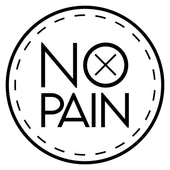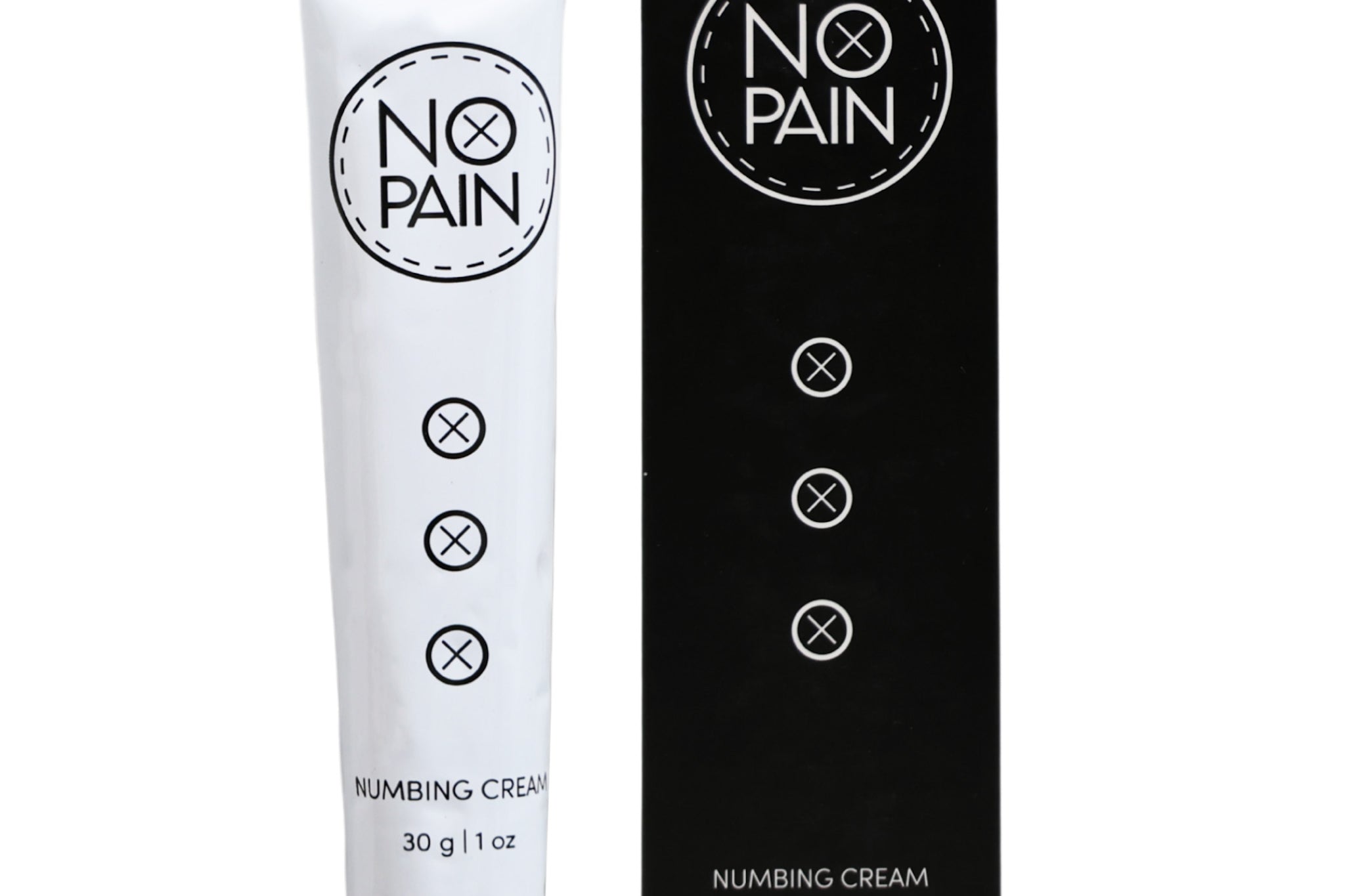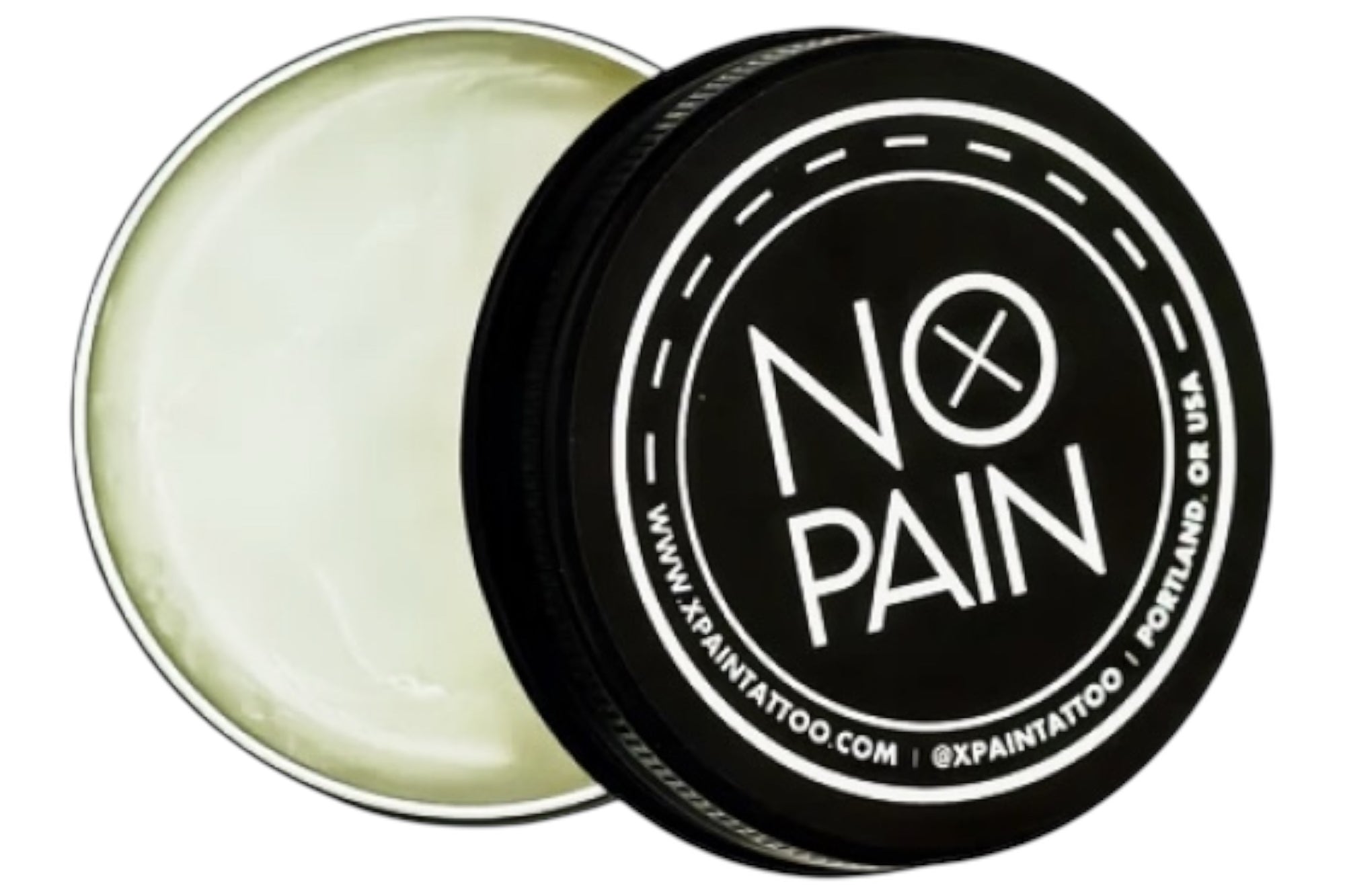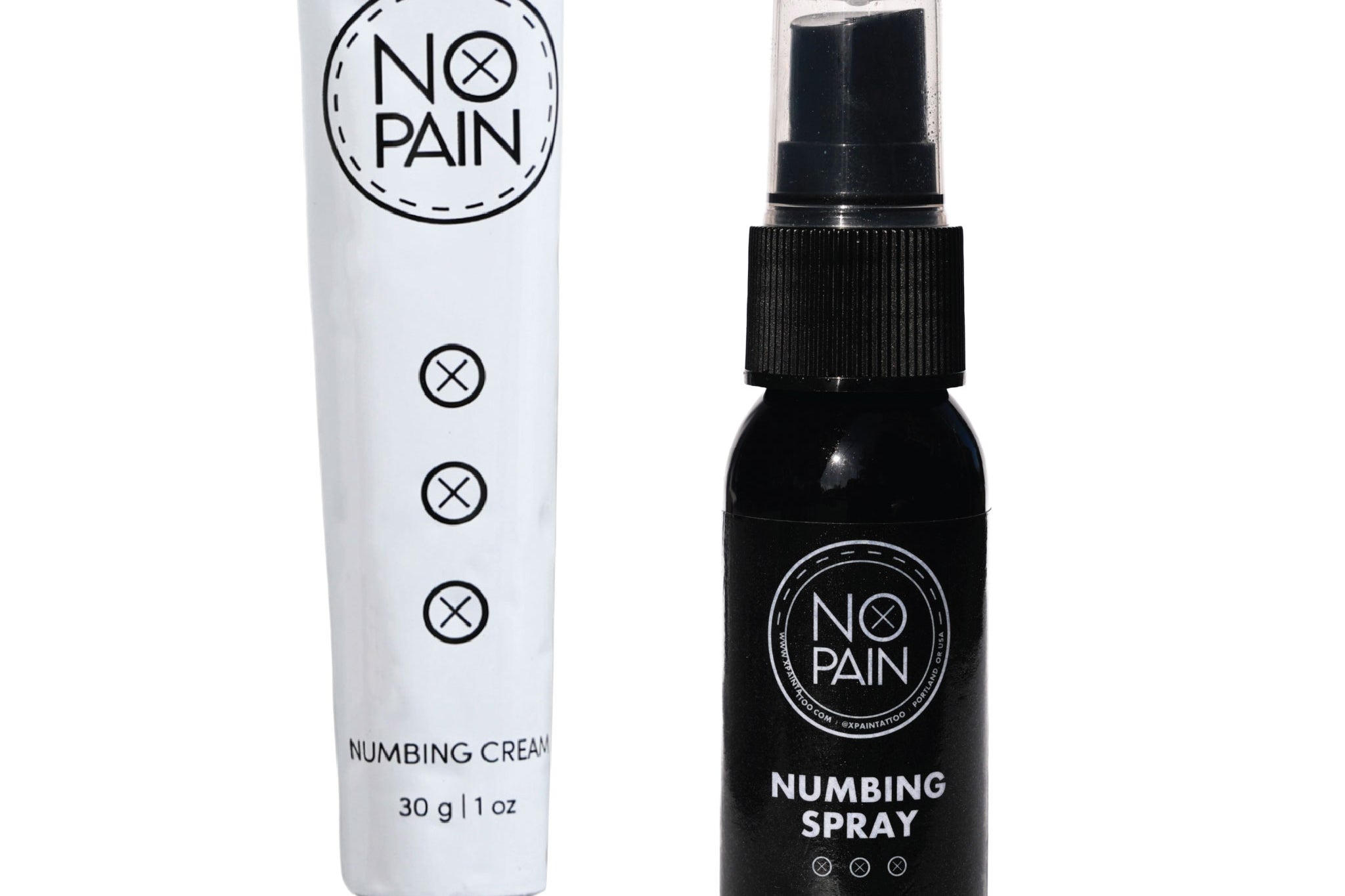You're in the planning stages of a new tattoo, and you're trying to figure out the cost. You've probably heard artists talk about their "hourly rate," but you might also hear the term "shop rate." This can be confusing. Are they the same thing? And who gets the money you pay?
Understanding the difference between a "shop rate" and an "artist rate" is the key to understanding the business of tattooing and appreciating the true value of your artist's work. This guide will break down the financial structure of a professional tattoo studio.
The Two Main Business Models
1. The "Shop Rate" (Percentage Split)
This is the most common business model in tattooing. In this structure, the tattoo shop sets a single, standard hourly rate for every artist working there.
-
How it works: When you pay for your tattoo, that money is split between the artist and the shop owner. The standard industry split is often 50/50, though it can range from 80/20 to 40/60.
-
What the shop's cut covers: The shop's percentage is not just profit. It covers all the essential overhead costs of running a professional, sterile, and legal business. This includes:
-
Rent and utilities for the building
-
Insurance and business licenses
-
High-end sterilization equipment (like autoclaves) and sanitation supplies
-
Front desk staff, booking managers, and marketing costs
-
General supplies like paper towels, green soap, and massage tables.
-
-
What the artist's cut covers: The artist's percentage is their gross income. From this, they must still pay for their own personal supplies (like tattoo machines, needles, and ink), their own health insurance, and their taxes.
2. The "Artist Rate" (Booth Rent)
This model is more common for experienced, in-demand artists who operate more like independent contractors.
-
How it works: In this scenario, the artist rents their booth or private room from the shop owner for a flat weekly or monthly fee. The artist then sets their own hourly rate and keeps 100% of what they charge for the tattoo.
-
Why it's different: An artist in this model is essentially running their own small business within the larger studio. Their higher rate reflects the fact that they are covering all of their own business expenses, in addition to the cost of their supplies and their own salary.
What Does This Mean for You as a Client?
Understanding this financial structure is a key part of how to talk to your artist about your budget.
-
It Explains the Cost: When you're paying $200 an hour, you're not just paying for ink and needles. You are paying for a professional service in a safe, sterile, and professional environment.
-
It's Why Haggling is Disrespectful: When you try to haggle on the price, you are often asking the artist to take that loss directly from their own personal income, devaluing their skill and the high cost of their professional setup.
-
It Highlights the Importance of Tipping: A 15-25% tip is a direct "thank you" to your artist for their skill and service. It is one of the only parts of the transaction that goes 100% to them.
The Verdict: The price of a tattoo reflects the immense cost and professionalism that goes into creating a safe and beautiful piece of permanent art. By understanding the difference between a shop rate and an artist's rate, you gain a deeper appreciation for the value of your artist's work and the importance of respecting their pricing.



